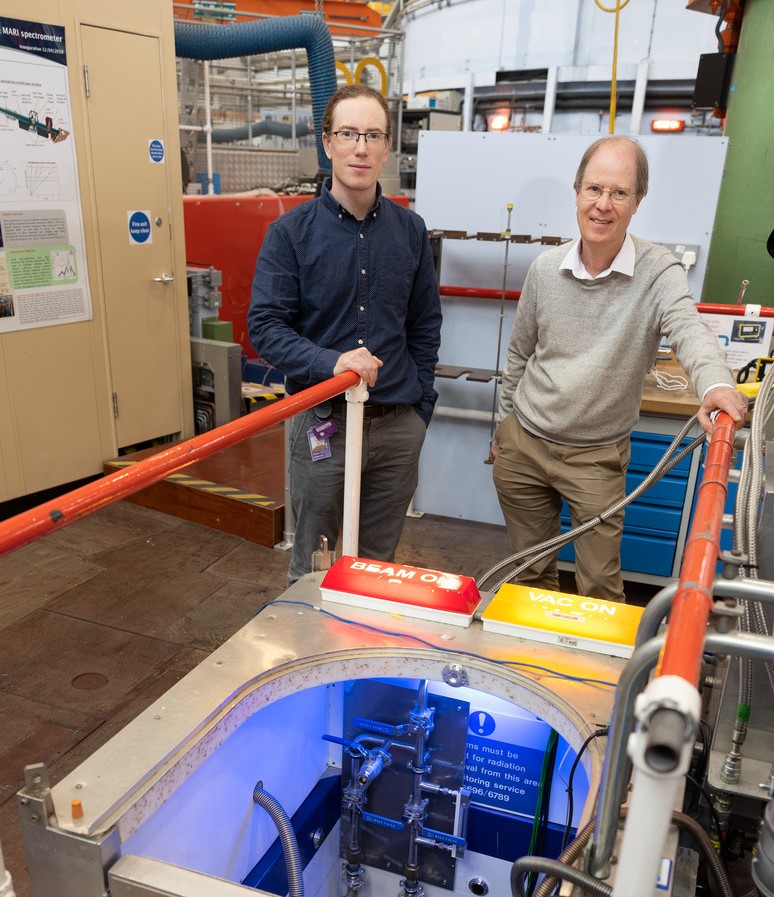 ISIS scientists Alex Hannon and Oliver Alderman, alongside Shuchi Vaishnav and Paul Bingham from Sheffield Hallam University, have been selected to receive The American Ceramic Society’s 2023 Ross Coffin Purdy Award for their paper “The structure of sodium silicate glass from neutron diffraction and modelling of oxygen-oxygen correlations.” The team will receive their award at the American Ceramic Society’s Honors and Awards Banquet as part of their 125th Annual Meeting this October in Columbus, Ohio, USA.
ISIS scientists Alex Hannon and Oliver Alderman, alongside Shuchi Vaishnav and Paul Bingham from Sheffield Hallam University, have been selected to receive The American Ceramic Society’s 2023 Ross Coffin Purdy Award for their paper “The structure of sodium silicate glass from neutron diffraction and modelling of oxygen-oxygen correlations.” The team will receive their award at the American Ceramic Society’s Honors and Awards Banquet as part of their 125th Annual Meeting this October in Columbus, Ohio, USA.
Their paper used neutron diffraction to show that it is possible to calculate the oxygen coordination inside a glassy material, even if the glass has a complex structure or composition. The coordination number can then be used to model the oxygen framework within the glass, enabling the positions of the other elements present to be calculated, and therefore the wider structure.
The researchers used the GEM instrument at ISIS to measure the neutron correlation function of a sodium silicate glass with 42.50 mol% Na2O. Instead of using the traditional difference method to analyse their results, they developed a more sophisticated interpretation method that can also be applied to other simple glass systems, such as borates and germanates, or to more complex glasses.
When studying the sodium silicate glass, contrary to the conclusions of previous glass structure studies, they did not find evidence that the sodium-oxygen bonds are shorter for non–bridging oxygens and longer for bridging oxygens. Instead, the distribution of lengths for the sodium-oxygen bonds for non-bridging oxygens is broad enough to cover both shorter and longer lengths than the bonds with bridging oxygens.
Ollie said "I was particularly thrilled to learn about our Award for this work, given its basis in methodology I originated during my PhD studies. In the paper that is the subject of the Award, Alex has further developed and applied this methodology to gain detailed, unique and somewhat paradigm shifting insight into a fundamentally important glass system.
We expect to continue to exploit and develop this methodology given its excellent applicability to neutron diffraction from amorphous oxides, where the oxygen-oxygen correlations often dominate the coherent scattering data, and its complementarity and low computational cost compared to more holistic modelling methods like molecular dynamics."
Further information:
Find the award information here: https://ceramics.org/awards/ross-coffin-purdy-award
Read the full research paper here: https://ceramics.onlinelibrary.wiley.com/doi/10.1111/jace.17993
